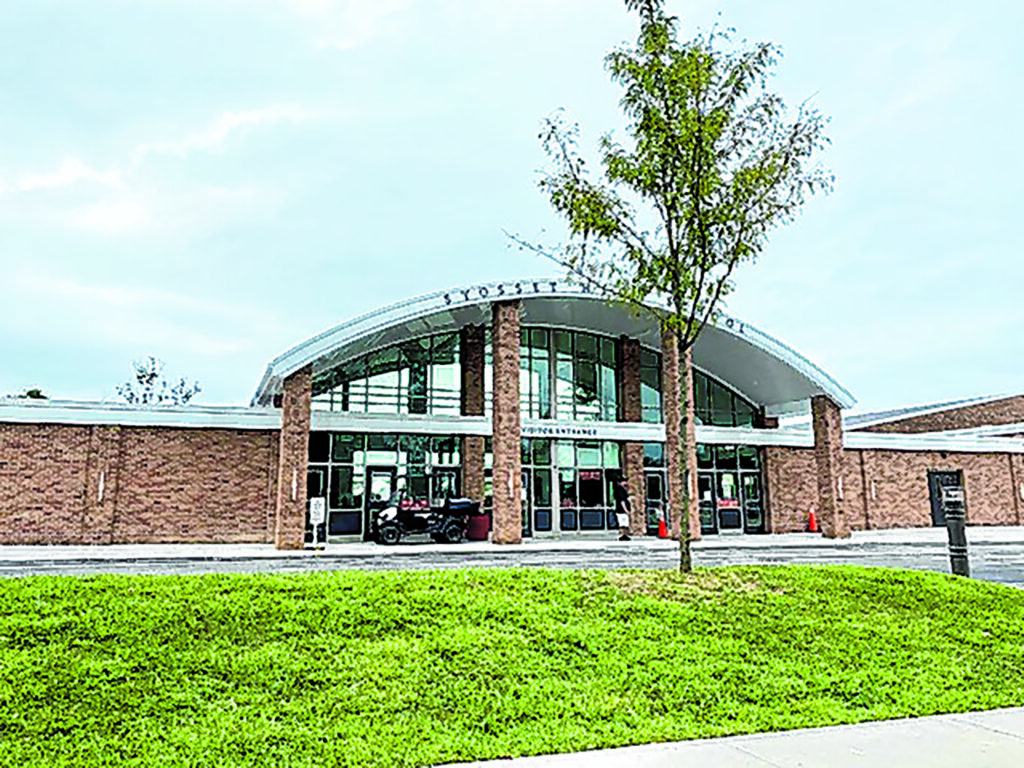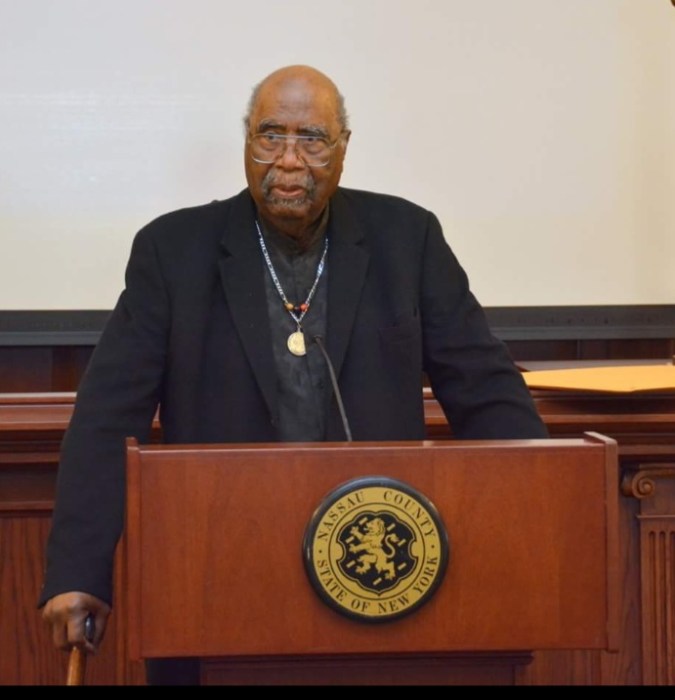By Jennifer Corr
editors@antonnews.com
It’s budget season for districts across Long Island, including the Syosset Central School District.
“Over the course of the last several years, all school districts have dealt with some extraordinary challenges, obviously the most notable among them being the pandemic and managing work forces and budgets through uncertainty about state aid revenue and uncertainty about the economy,” said Dr. Thomas Rogers, the superintendent of the Syosset Central School District. “As we’re exiting the pandemic now, we’re finding now that the challenge facing school districts is how spending is tied to inflation, while the revenue side of the budget is very constrained. That is going to put all school districts into different versions of the same conundrum, which is trying to preserve program while dealing with the reality of costs that have gone up faster than revenues can rise to meet them.”
Over the course of the next Syosset Central School District Board of Education budget meetings, Dr. Rogers said a topic of discussion will be the work the district is doing to keep the budget in balance and the effort to close the gaps that have opened up due to inflation. Dr. Patricia M. Rufo, the associate superintendent for business, is going to pay particular attention to areas in the budget that are tied most closely to inflation.
At the Feb. 6 Board of Education meeting, the first discussion about the 2023 through 2024 budget was held, and following meetings on the budget will be held on March 13, April 18 and May 8. The annual district election and budget vote will be held May 16.
It was at the February meeting that the preliminary amount of state aid, which makes up 10 percent of the budget this year, was announced. The amount of state aid is approximately $33.8 million, an approximately $8 million increase from last year. That was good news to the school district, but also expected news as state aid has been rising every year.
“When we formulate a budget, we want to make sure it’s properly aligned to our goals, and has a multi-year focus to make sure it’s sustainable,” Dr. Rufo said. “So for 23/24, our budget goal is to continue the programs and preserve the programs and services for the students, to continue our investment in instructional technology. Over the last decade we’ve been working on our facilities, so we want to continue doing that work to upgrade and enhance our facilities. Over the last couple of years, we’ve added staff to support our student’s social and emotional well-being. Certainly our goal is to continue that in the next school year. We’re managing our recent enrollment growth. And we want to accomplish all of these goals in light of the fiscal constraints that we’re under, including the record levels of inflation.”
The factors driving this upcoming year’s budgets is an increase in health insurance premiums, staffing due to enrollment, Tax Anticipation Note (TAN) borrowing costs, transportation contracts and inflationary costs. Meanwhile, there is a decrease in debt service and non-instructional operating expenses.
According to a chart released by New York State Comptroller Thomas P. DiNapoli, inflation grew at 4.7 percent in 2022, and 8 percent in 2023.
Since the inception of the tax cap in the 2012 through 2013 school year, the district’s tax levy has remained below the tax cap. This upcoming year’s estimated tax cap is 3.08 percent, or approximately $220 million. These numbers are subject to change based on final building aid.
“While we’re still deep in the budget process, it’s hard to imagine a scenario that doesn’t have us right up against that cap,” Dr. Rufo said. “As we go through the final projects that we have to submit to the state, it’s likely that amount [of the maximum allowable tax levy] will come down as we account for that additional building aid.”
Preliminary projects in the capital budget under the maintenance line include paving; Syosset High School flooring completion; installation of gates at bleachers; South Woods wrestling wall mat replacement and phase one of replacing auditorium lights; gym floor refinishing and lining at H.B. Thompson Middle School and asphalt repairs at Robbins Lane, A.P. Willits and J. Irving Baylis Elementary School.
“These are projects that we are doing through the budget and for years as part of our maintenance plan, we’ve always done a portion of our capital projects through the maintenance budget and that’s our plan for the coming year,” Dr. Rufo said. “One of the other ways the district is able to fund capital projects is through the transfer to capital line. This line shows about a $1.6 million or 53 percent increase for projects. Those are the planned projects that we’re looking at right now, and again, it’s preliminary.”
Those projects include roofing and masonry at South Grove Elementary School; installation of dust collection systems at HBT Middle School and Syosset High School; roofing, masonry and paving district-wide; a re-design of the library at HBT Middle School and a re-design of the courtyard at Syosset High School.
The largest increase in the administrative budget, Dr. Rufo said, is insurance, which has gone up by almost 16 percent. District officials met with their liability insurance carrier, and they were told the reason for increasing costs is an increase in claims activities and the amount of settlements among their clients.
The BOCES program, which provides career and technical programs for high school students, among other projects, have also driven up the costs on the administrative side.
“This represents the charge that Nassau BOCES shares among its component districts,” Dr. Rufo said. “Ours really reflects some inflationary costs for BOCES, as well as our increase in enrollment, which gives us a greater share of that.”
There’s an increase in supervision costs of almost 4 percent related to contractual salary, including the elementary school principals work year going from 10 months to 12 months.
There was a decrease of about $220,000 in the budget line funding the teacher’s college professional development model. Because the district has been going to outside consultants for that service while using internal faculty members that are trained in that service, the district has been able to save money.
At the March 13 budget meeting, the program and instructional budget will be presented, as well as the revenues and reserves. Updates to administration and capital codes will be discussed, as well as an update to the tax cap.
To watch the Feb. 6 Board of Education meeting that consisted of the first budget presentation, visit here.






























